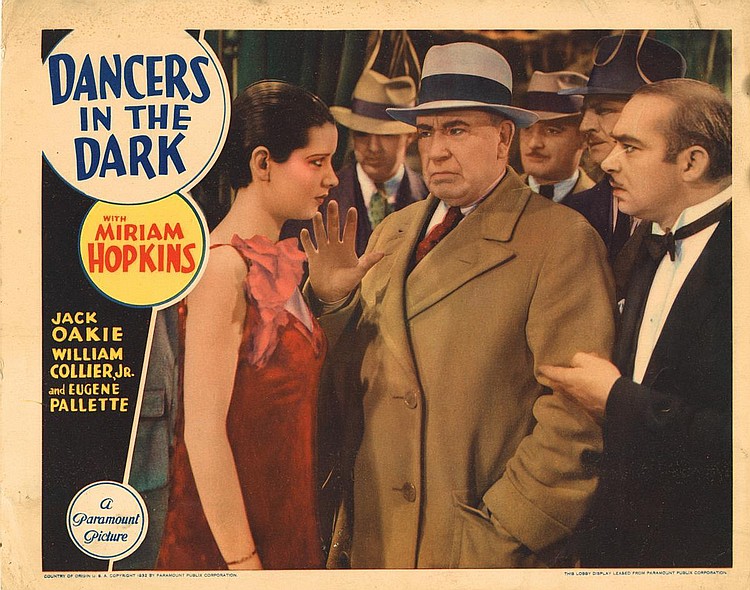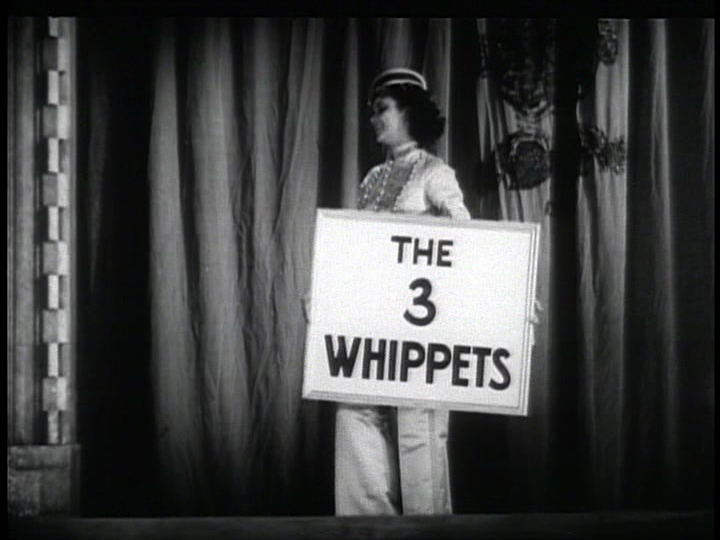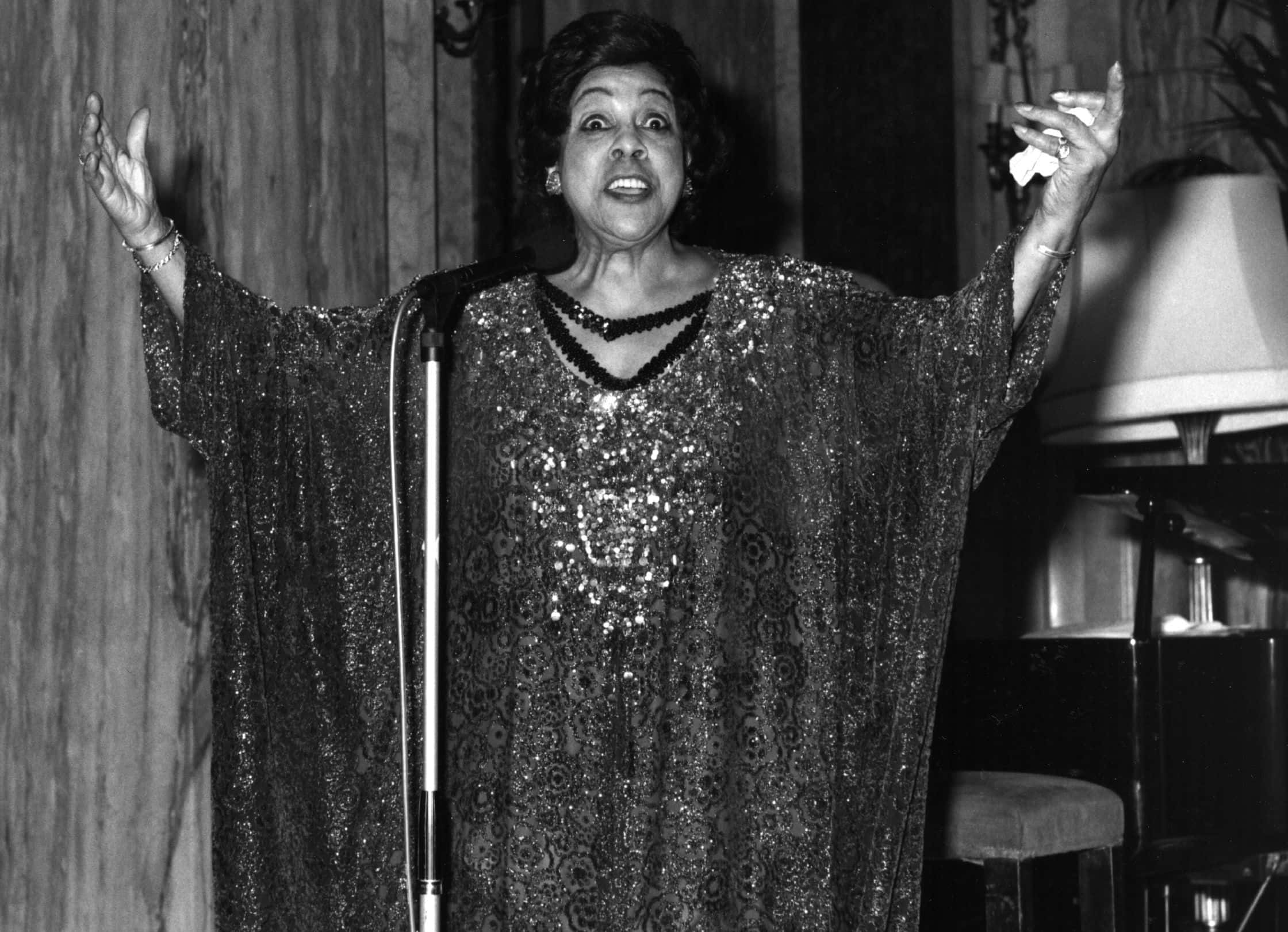Introduction
Born in New York on October 20, 1901, Adelaide Hall was a trailblazing American jazz improviser known for her inventive vocal methods that popularised scat singing. Throughout her remarkable six-decade-long careers, she gave groundbreaking performances in both Europe and the United States. Hall started her career in the entertainment sector in 1921 when She performed in the historic revue Shuffle Along, which was instrumental in launching African American show business and included notables like Florence Mills and Josephine Baker. She adorned Broadway stages throughout her career in shows like Jamaica and Blackbirds of 1928, where her extraordinary vocal ability and stage presence made a lasting impression.
Adelaide Hall and her husband Wilbur Hicks moved to Europe permanently in 1934, where she became well-known and won praise from all around the world. Especially her 1927 partnership with Duke Ellington on the legendary album “Creole Love Call” cemented her place in music history. Despite early difficulties in gaining notice in the US, Hall’s spectacular comeback in the 1979 production Black Broadway, 1900–1945 at last earned her the praise she so well deserved. Her impact goes well beyond her performances; even in her nineties, she enthralled audiences with her ageless brilliance and commitment to her work.
Adelaide Hall has received awards and honors that recognize her long-lasting influence on music and performing art for her outstanding contributions to jazz, theatre, and film.
Adelaide Hall’s Film Career
Adelaide Hall’s fascinating film career demonstrated her flexibility and skill in a number of motion pictures. Hall’s famous parts and performances in films had a big influence, even though acting was her secondary job behind singing. Her 1937 feature film debut as an actress was in “Dancers in the Dark” with Duke Ellington. With Ellington, she demonstrated her versatility on film by fusing acting and song with ease.
Hall’s prominence in films was further cemented in 1935 when she played in “All Coloured Vaudeville Show” among other pictures. Her acting abilities were on display in these flicks, but they also proved her lasting influence on the entertainment industry. Hall’s engagement in these film projects deepened her already remarkable career by demonstrating her ability to enthrall viewers with her vocals and on-screen presence.
Adelaide Hall’s charm and skill were evident throughout her cinematic career, making an effect on audiences that lasted a lifetime and cemented her place in entertainment history. Her venture into acting combined with her extraordinary vocal skills to create a complex tapestry of creative achievements that still inspire and speak to audiences today.
Key Films
Dancers in the Dark (1937)

The 1937 movie Dancers in the Dark has drawn a lot of notice for its unusual fusion of narrative and musical components. The main topic of the film is the character of Selma, a young lady who is comforted by her musical world while battling her deteriorating vision. Especially remarkable is the way the movie uses musical moments to extend Selma’s actual situation. The few moments Selma has to escape her terrible reality are the ones that combine Busby Berkeley illusion with Fellini’s neo-realism.
Not insignificant is Lars von Trier’s cinematography for the picture. Von Trier’s use of handheld cameras gives the film’s harsh events an even more genuine, gritty sense. Though at first disorienting, the camerawork eventually heightens the emotional impact of the film. Notable is also the way the movie uses color; the dream scenes have a more vivid palette that contrasts with Selma’s reality’s muted tones.
The Dancers in the Dark ensemble gives excellent performances, and Björk is particularly good as Selma. Though maybe an acquired taste, her distinctive musical ability and voice style are captivating inside the movie. A notable ensemble of supporting actors who give the film dimension includes Catherine Deneuve, Peter Stormare, and David Morse.
Dancers in the Dark has won accolades for its emotional impact; numerous reviewers have pointed out that the movie may arouse intense feelings in viewers. The movie distinguishes itself from more typical Hollywood movies by using unusual methods, like handheld camerawork and no underscore music. Dancers in the Dark is a picture whose inventive storyline and technical prowess have made a lasting impression on the cinematic world.
All Colored Vaudeville Show (1935)

The 1937 movie Dancers in the Dark has drawn a lot of notice for its unusual fusion of narrative and musical components. The main topic of the film is the character of Selma, a young lady who is comforted by her musical world while battling her deteriorating vision. Especially remarkable is the way the movie uses musical moments to extend Selma’s actual situation. The few moments Selma has to escape her terrible reality are the ones that combine Busby Berkeley’s illusion with Fellini’s neo-realism.
Not insignificant is Lars von Trier’s cinematography for the picture. Von Trier’s use of handheld cameras gives the film’s harsh events an even more genuine, gritty sense. Though at first disorienting, the camerawork eventually heightens the emotional impact of the film. Notable is also the way the movie uses color; the dream scenes have a more vivid palette that contrasts with Selma’s reality’s muted tones.
The Dancers in the Dark ensemble gives excellent performances, and Björk is particularly good as Selma. Though maybe an acquired taste, her distinctive musical ability and voice style are captivating inside the movie. A notable ensemble of supporting actors who give the film dimension includes Catherine Deneuve, Peter Stormare, and David Morse.
Dancers in the Dark has won accolades for its emotional impact; numerous reviewers have pointed out that the movie may arouse intense feelings in viewers. The movie distinguishes itself from more typical Hollywood movies by using unusual methods, like handheld camerawork and no underscore music. Dancers in the Dark is a picture whose inventive storyline and technical prowess have made a lasting impression on the cinematic world.
A cherished classic, British Technicolour historical fantasy picture, The Thief of Bagdad was released in 1940. Leading the outstanding ensemble of the Alexander Korda-produced, Michael Powell, Ludwig Berger, and Tim Whelan-directed picture are June Duprez, Conrad Veidt, John Justin, and actor Sabu, who was born in India.
Conrad Veidt plays the villainous Jaffar, who blinds Prince Ahmad and drives him out of Bagdad. Ahmad next teams up with Abu (Sabu), a robber, to take back his proper position and earn the love of June Duprez, a beautiful princess. The picture is renowned for its amazing, then-unprecedented visual effects.
A critical and financial triumph, The Thief of Bagdad took in more than $1 million in the US and Canada. Additionally popular throughout Europe, it sold more than 5 million tickets in France alone. Among the Academy Awards, the picture won were Best Special Effects for Lawrence W. Butler and Jack Whitney, Best Art Direction for Vincent Korda, and Best Cinematography for Georges Périnal.
The Thief of Bagdad has received high marks from reviewers for its stunning visual effects, brilliant color, and engaging storyline. Adding the movie to his “Great Movies” list, Roger Ebert compared its capacity to enthrall viewers with its feeling of pleasure and wonder to that of The Wizard of Oz.
A popular classic even now, The Thief of Bagdad enthralls audiences with its ageless story of romance, magic, and adventure. Its continuing appeal is evidence of both the skill of its makers and the film’s lasting attractiveness.
A World Is Turning (1948)

A World Is Turning is a 1948 British film that provides a fascinating glimpse into the lives of ordinary people in post-war London. The film, which is part of the BFI National Archive, offers a unique perspective on the challenges and triumphs of rebuilding a city in the aftermath of World War II.
The film follows the stories of several characters, including a young woman named Doris, who is struggling to find work and a family dealing with the loss of a loved one. Through these narratives, A World Is Turning explores themes of resilience, community, and the power of human connection in the face of adversity.
One of the most striking aspects of the film is its documentary-style approach, which gives viewers a sense of immediacy and authenticity. The use of natural lighting and location shooting creates a sense of realism that draws the audience into the world of the characters.
Despite its gritty subject matter, A World Is Turning is not without moments of humor and joy. The film celebrates the resilience and determination of the human spirit, even in the face of overwhelming challenges.
Overall, A World Is Turning is a powerful and moving portrait of a city and its people in a time of great change and uncertainty. It’s enduring relevance and artistic merit have ensured its place as an important work in the annals of British cinema.
International Film Career
Adelaide Hall’s varied performance career throughout numerous decades and nations was evident in her worldwide cinema work. Though her primary career was as a singer, Hall did make important film roles in both Europe and the US.
Among Hall’s most important film parts was in Michael Powell and Alexander Korda’s 1940 British fantasy picture The Thief of Bagdad. Hall sang a lullaby composed by Miklós Rózsa while playing the nurse of the princess performed by June Duprez. Her normal jazz approach was abandoned for operatic singing in the movie, which showed her versatility as a performer.
Hall started her career in foreign cinema in the 1920s when she toured Europe with the revue The Chocolate Kiddies. She danced the Charleston to Duke Ellington’s music and made it known to audiences throughout Europe. Hall was as well-known in Europe as Josephine Baker, who is often credited with bringing the Charleston there.
Hall founded a nightclub in Paris with her husband in the 1930s after performing at the renowned Cotton Club in New York. As her reputation expanded across the world, she ranked second in popularity in the French capital only behind Josephine Baker. The Florida Club, another nightclub Hall, and her husband subsequently built in London’s Mayfair district.
Hall spent time amusing soldiers all around Europe and the British Empire during World War II. She carried on working in films after the war, making an appearance in the 1950 British noir Night and the City, which used music from the soundtrack.
From her early 1920s European tours to her latter 1950s British film roles, Hall’s worldwide film career lasted more than 50 years. Her acts demonstrated how adaptable she is as a performer and how she can enthrall audiences of many nationalities.
Legacy and Impact
With a seven-decade career that impacted innumerable musicians, Adelaide Hall had a lasting impression on the entertainment business. Her groundbreaking contributions to theatre, cinema, and jazz solidified her place as a trailblazer and legend.
Hall popularised scat singing during the Harlem Renaissance, and her inventive use of the technique affected pop, R&B, hip-hop, and jazz. Her 1927 wordless vocal on Duke Ellington’s “Creole Love Call” was revolutionary in its use of the voice as a pure jazz instrument. Over her career, Hall remained close to Ellington; in 1974, she performed at his London funeral service at St Martin-in-the-Fields.
Hall debuted professionally on stage in 1921 with the historic revue Shuffle Along, which helped to launch African American show industry. She later acted in a number of Broadway shows, including the longest-running black-cast revue, Blackbirds of 1928. Hall debuted the beloved tune “I Can’t Give You Anything But Love” on the show.
Hall became well-known around the world in the 1930s when she and her husband founded nightclubs in Paris and London and starred at the renowned Cotton Club in New York. Despite early difficulties in gaining notice in the US, Hall’s spectacular comeback in the 1979 production Black Broadway, 1900–1945 at last won her the praise she so desired.
2020 saw Hall included in British Vogue’s list of “7 Remarkable Black Women Who Shaped British History”. She was given a Black Plaque by the Nubian Jak Community Trust in 2021 to celebrate her remarkable career and accomplishments in the entertainment industry. Hall recorded with Fats Waller at the Abbey Road Recording Studios in London, where the plaque is erected.
The memory of Adelaide Hall continues to motivate the next generations of musicians and fans. What would have been her 122nd birthday in 2023 was commemorated with a Google Doodle created by London-based artist Hannah Ekuwa Buckman. The fact that Hall continues to influence theatre, movies, and music is evidence of her skill, commitment, and innovative attitude.
Archives and Photo Collections
Adelaide Hall’s Archives and Photo Collections are kept in the City of Adelaide Archives and the Indiana University Archives, among other places. Offering a window into Hall’s life and work from 1928 to 2003, the Adelaide Hall Collection at Indiana University includes photographic materials, essays, programs, and ephemera relating to her performing career. Hall’s influence on performance art and music, as well as her contributions to the entertainment business, are well-illustrated in this collection.
The City of Adelaide Archives also has a substantial collection of images that document the development and history of the city from the 1860s. Views of Adelaide’s history are visually told via these archive photos, which include views of city streets, buildings, parks, people, and civic events. Featuring more than 5,000 digitized images that are accessible for public internet viewing, the Archives’ picture collection highlights the cultural and historical legacy of the city.
Adelaide Hall’s Archives and Photo Collections are vital archives of historical artifacts that record her reputation as a trailblazing jazz singer, actor, and performer. Her memory is preserved by these collections, which also provide scholars, historians, and fans wanting to learn more about her incredible career and influence on the entertainment industry useful tools.
Conclusion
Over seven decades of incredible work for Adelaide Hall made a lasting impression on the entertainment business. Her groundbreaking contributions to theatre, cinema, and jazz solidified her place as a trailblazer and legend. Hall has inspired generations of artists and viewers with her inventive use of scat singing, her engaging stage presence, and her diversity in film roles from her early days in the Harlem Renaissance to her latter years. Her influence on theatre, cinema, and music is still felt today. Therefore, her legacy goes beyond her performances. Her life and career are honored in archives and picture collections that are priceless resources for scholars and fans. Adelaide Hall is a real pioneer and star in entertainment history, her legacy inspiring and motivating others even now.





